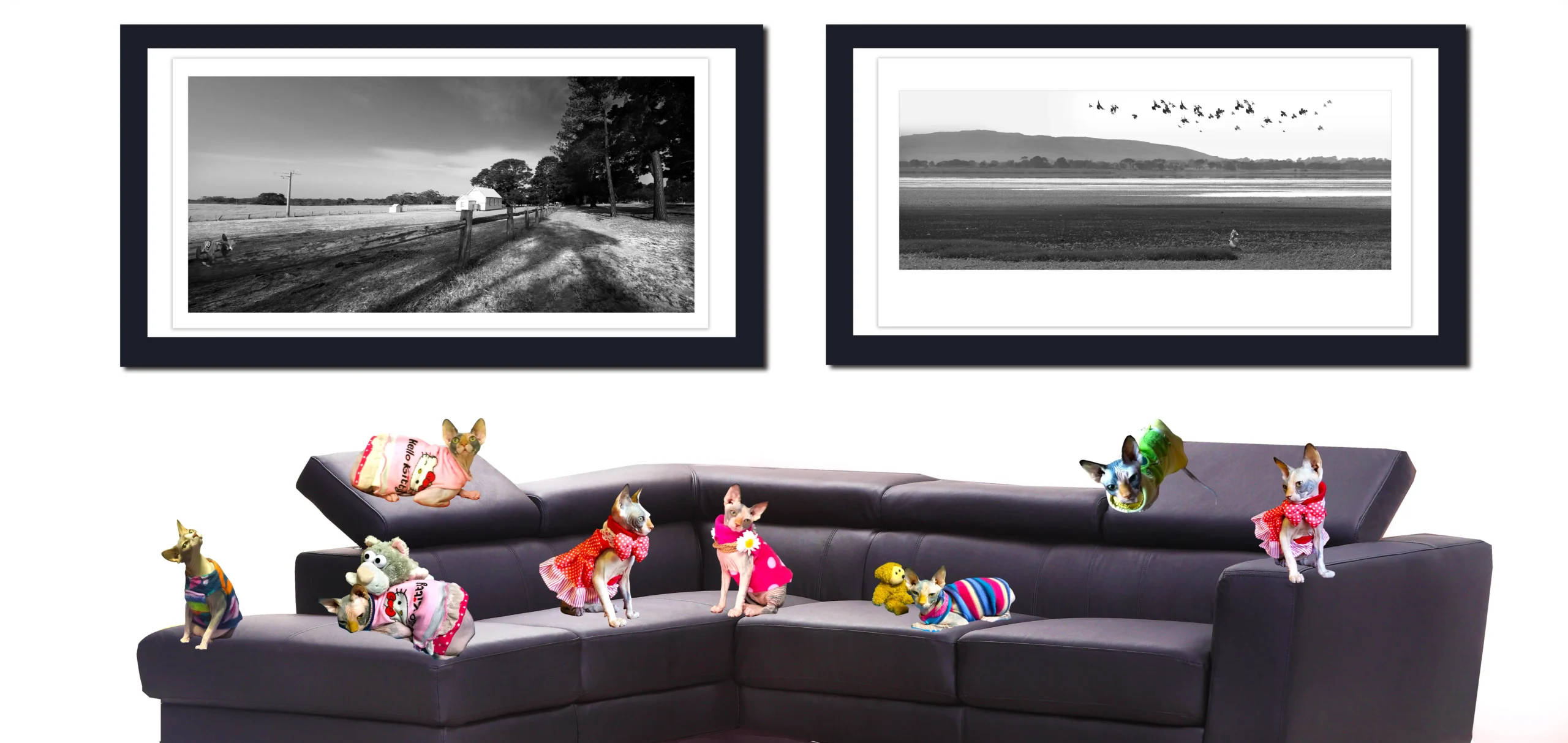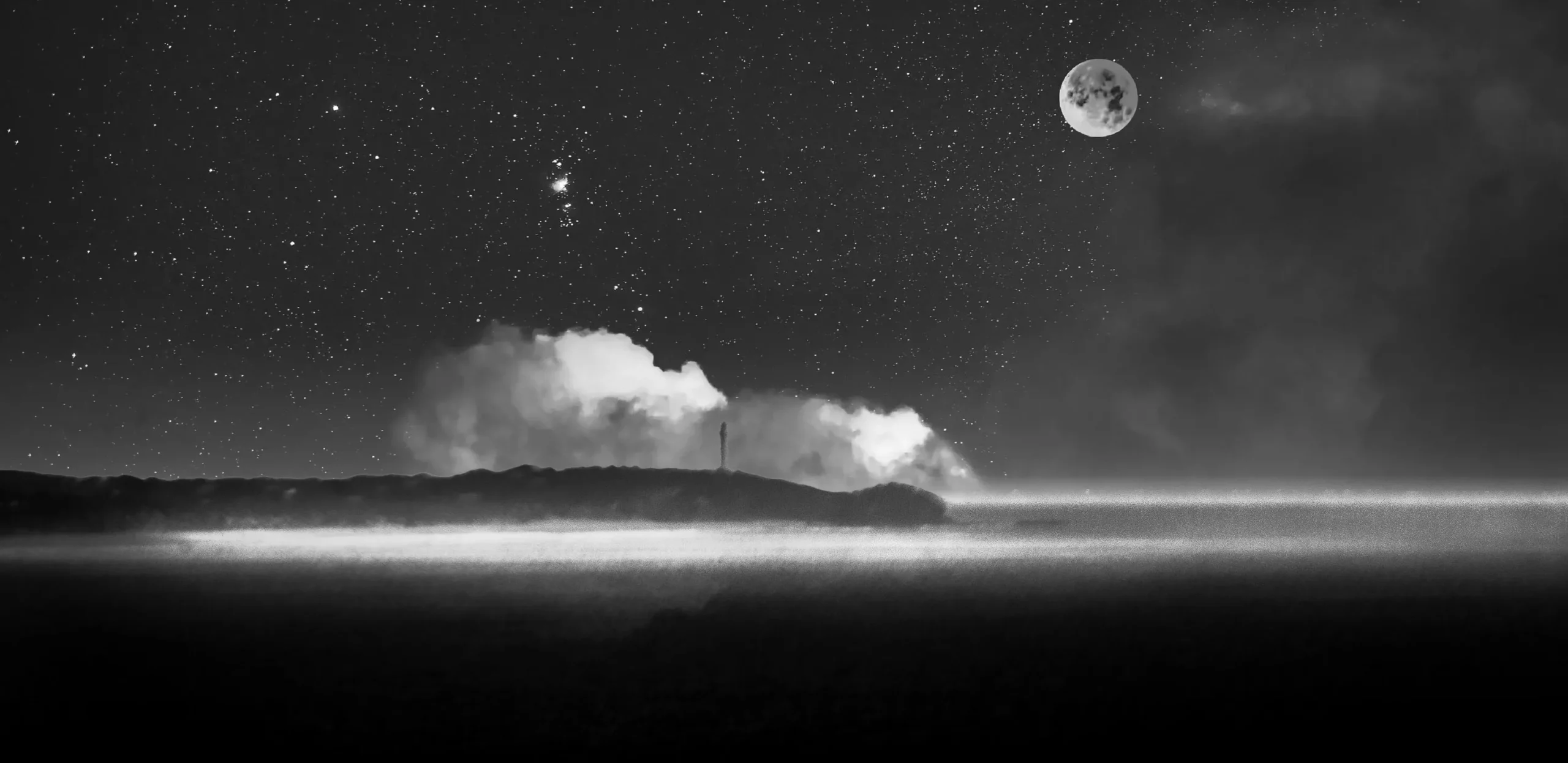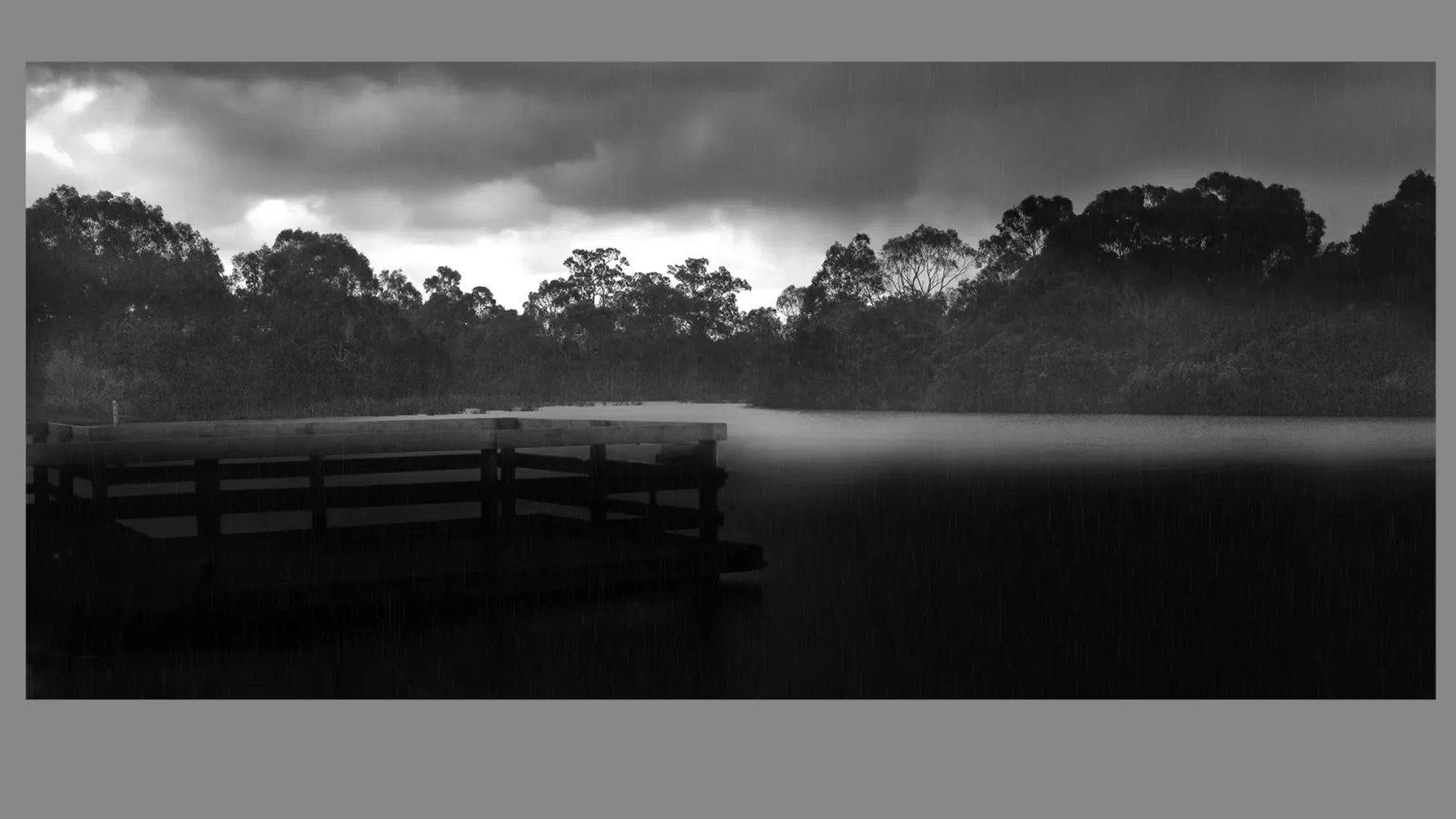The Power of Infrared Photography in Landscape Art
Table of Contents
- Introduction
- What is Infrared Photography?
- The Science Behind Infrared Photography
- Infrared Photography in Landscape Art
- Techniques and Equipment Used in Infrared Landscape Photography
- Applications of Infrared Photography in Landscape Art
- Famous Artists and Photographers Who Have Used Infrared Photography in Landscape Art
- Infrared Photography and Its Role in Modern Landscape Art
- Challenges and Considerations in Infrared Landscape Photography
- The Future of Infrared Photography in Landscape Art
- Conclusion
- References
1. INTRODUCTION
Infrared photography in landscape art represents a distinct and innovative approach to capturing the natural world. By utilizing infrared light—beyond the visible spectrum—photographers are able to create dreamlike, surreal representations of landscapes that differ dramatically from traditional photographic methods. Infrared images often exhibit a unique aesthetic, with features like foliage appearing white or light-colored, and skies taking on intense shades of dark or bright tones. This technique has garnered interest among both fine art photographers and environmental artists, offering a new perspective on the interplay between nature and light. This article explores the power of infrared photography in landscape art, its historical development, technical processes, notable practitioners, and its impact on contemporary art.
2. WHAT IS INFRARED PHOTOGRAPHY?
History of Infrared Photography
Infrared photography has its roots in the early 20th century, but it truly began to take shape as a distinct photographic style during the 1930s and 1940s. While infrared-sensitive film was developed and used in various fields, such as military and scientific applications, it was not until the late 20th century that it began to be explored as a medium for creative expression in art. The rise of digital technology and the modification of consumer cameras for infrared use has contributed significantly to the modern popularity of infrared photography.
The development of infrared-sensitive materials began with the invention of infrared film, which allowed photographers to capture images using light wavelengths that are not visible to the human eye. Early infrared films, such as Kodak’s Aerochrome, were used for military reconnaissance and botanical studies, but over time, artists and photographers found creative uses for these unique images.
Infrared Spectrum and the Basics of Infrared Imaging
Infrared photography captures wavelengths of light that are longer than the visible spectrum of light. Visible light typically ranges from about 400 to 700 nanometers (nm), while infrared light begins at around 700 nm and extends beyond 1,000 nm. The human eye is unable to detect this infrared light, but special photographic equipment is capable of capturing it.
In infrared photography, the goal is to capture light in the infrared spectrum, which results in highly distinct and otherworldly effects. One of the most striking characteristics of infrared images is the way vegetation appears. Plant life, which reflects a significant amount of infrared light, often appears bright white or very light in infrared photographs, while other elements, such as the sky and water, may appear darker. These effects can evoke a dreamlike, ethereal atmosphere, making infrared photography a powerful tool for artists seeking to explore new ways of presenting the natural world.
3. THE SCIENCE BEHIND INFRARED PHOTOGRAPHY
Infrared Light and its Properties
Infrared light is invisible to the human eye, but it is present in sunlight and is emitted by all warm objects. The heat emitted by objects, such as trees, rocks, and bodies of water, is largely in the infrared range. This heat signature is why infrared photography can provide detailed information about the thermal properties of subjects in the frame, especially in scientific or surveillance contexts.
In terms of photography, infrared light behaves differently from visible light, particularly when interacting with the elements of nature. Vegetation reflects infrared light much more effectively than other surfaces, which is why it appears particularly bright in infrared photographs.
How Infrared Cameras Capture Light
To capture infrared light, photographers either use specialized infrared-sensitive film or modify their digital cameras to record infrared wavelengths. Traditional film-based infrared photography involves using infrared-sensitive films, but digital infrared photography has become more widespread due to its convenience and flexibility. Digital cameras can be converted to infrared by removing the internal infrared-blocking filter, which normally prevents infrared light from reaching the sensor. Once this filter is removed or replaced with an infrared-pass filter, the camera is capable of capturing infrared light directly.
The resulting infrared images are often then processed digitally to emphasize the stark contrasts between elements such as foliage, water, and the sky.
═════════════════════════════════════════════════════
Elevate your collection, your spaces, and your legacy with curated fine art photography from Heart & Soul Whisperer. Whether you are an art collector seeking timeless investment pieces, a corporate leader enriching business environments, a hospitality visionary crafting memorable guest experiences, or a healthcare curator enhancing spaces of healing—our artworks are designed to inspire, endure, and leave a lasting emotional imprint. Explore our curated collections and discover how artistry can transform not just spaces, but lives.
Curate a life, a space, a legacy—one timeless artwork at a time. View the Heart & Soul Whisperer collection. ➤Elevate, Inspire, Transform ➔
═════════════════════════════════════════════════════
4. INFRARED PHOTOGRAPHY IN LANDSCAPE ART
Creating Dreamlike Landscapes
One of the most notable features of infrared landscape photography is its ability to create dreamlike or surreal landscapes that differ significantly from the reality seen with the naked eye. Vegetation appears bright white or pale, while skies and water may take on surreal hues of black, white, or intense blue. This otherworldly appearance can transform the mundane into the extraordinary and is part of what draws artists and photographers to this technique.
These unique qualities allow infrared photographers to manipulate landscapes in ways that evoke different emotional and psychological responses from viewers. The surreal quality of infrared landscapes has been likened to the work of certain impressionist painters, as the color shifts and heightened contrasts create an atmosphere of mystery and intrigue.
Transforming Natural Elements
Infrared photography gives artists the ability to highlight the natural elements of a landscape in ways that traditional photography cannot. Foliage, for example, which is typically green and lush, often appears white or light in infrared images, creating a stark contrast against the darker earth and sky. This transformation invites viewers to see landscapes in a new light, focusing on the inherent beauty and complexity of natural features that might otherwise go unnoticed.
In addition to the visual transformation, infrared photography emphasizes the textural contrasts between different surfaces, such as the smoothness of water versus the roughness of trees or rocks. The play of light and shadow in infrared photography can add depth and dimension to landscape compositions, further enhancing the artistic impact of the image.
The Aesthetic Appeal of Infrared Landscapes
The aesthetic appeal of infrared landscapes lies in the way the technique reveals hidden aspects of nature. The exaggerated contrast and heightened detail present in infrared images allow for the expression of emotional or philosophical ideas. Infrared landscapes often have a timeless quality, as the absence of certain colors—particularly the greens and blues of traditional landscapes—can transport viewers to an imagined, alternate reality.
Infrared photography also allows for more artistic control over the final image. The manipulation of light and shadows can lead to striking compositions, with highlights that make the subject appear as if it were illuminated by a supernatural or otherworldly force.
5. TECHNIQUES AND EQUIPMENT USED IN INFRARED LANDSCAPE PHOTOGRAPHY
Infrared Cameras and Filters
In infrared landscape photography, there are two primary types of equipment: infrared-sensitive cameras and infrared filters. An infrared-sensitive camera is one that has been specially modified to allow infrared light to reach the sensor. This is done by removing the built-in infrared-blocking filter and replacing it with an infrared-pass filter. Alternatively, photographers can use infrared filters that are placed over the camera lens to block out visible light while allowing infrared light to pass through.
Specialized infrared film can also be used for landscape photography, although digital cameras have largely supplanted film for this purpose. Some photographers prefer digital infrared photography because of the flexibility in post-processing, allowing them to adjust exposure, contrast, and other elements.
Customizing Digital Cameras for Infrared Photography
Many digital cameras can be customized for infrared photography through a process called infrared conversion. This involves removing the manufacturer’s infrared-blocking filter and replacing it with a filter that allows infrared light to pass through to the camera’s sensor. The conversion process can be done by professional camera technicians or, for the more DIY-inclined, by the photographer themselves.
Once the camera is converted for infrared use, photographers can use a variety of lenses, settings, and techniques to capture the perfect infrared landscape. Longer exposure times may be required in some cases, and the use of tripods and remote shutter releases can help to ensure sharp, blur-free images.
Post-Processing Infrared Images
Post-processing plays a critical role in infrared photography, especially in landscape art. While infrared images can be stunning straight out of the camera, many photographers choose to enhance their images through digital editing. Common adjustments include changing the color balance, adjusting the contrast, and emphasizing or toning down specific elements in the frame.
One of the most popular post-processing techniques is the color shift, which involves altering the image’s tones to create a surreal or dreamy effect. In black-and-white infrared photography, contrast and detail enhancement can bring out texture and form, which might otherwise be missed in traditional landscape photography.
═════════════════════════════════════════════════════
Transform your spaces and collections with timeless curated photography. From art collectors and investors to corporate, hospitality, and healthcare leaders—Heart & Soul Whisperer offers artworks that inspire, elevate, and endure. Discover the collection today. Elevate, Inspire, Transform ➔
═════════════════════════════════════════════════════
6. APPLICATIONS OF INFRARED PHOTOGRAPHY IN LANDSCAPE ART
Enhancing Traditional Landscape
Infrared photography offers a new way to explore and document traditional landscapes. The ability to capture infrared light enables photographers to reveal aspects of the landscape that might not be visible to the naked eye. This is especially powerful in portraying the relationship between light, nature, and the environment.
Infrared photography can help enhance the aesthetic of well-known landscapes, such as mountains, forests, and rivers, by giving them a unique, dreamlike quality. This often results in images that are both familiar and otherworldly, blending elements of the natural world with artistic creativity.
Environmental and Ecological Awareness
Infrared landscape photography has practical applications in environmental studies, where it can help highlight ecological concerns. Infrared photography can be used to study plant health, with certain plant diseases and stressors causing visible changes in infrared reflectivity. Photographers and scientists alike use infrared imaging to monitor forest health, soil moisture, and water quality.
In the art world, this technique can also raise awareness about environmental issues by focusing on landscapes that are being threatened by climate change, urbanization, and industrialization.
Exploring New Creative Possibilities
Infrared photography allows landscape photographers to move beyond the limitations of traditional color photography. The manipulation of light and contrast in infrared images offers endless creative possibilities, enabling artists to explore different perspectives, textures, and compositions. The use of infrared also invites artists to experiment with abstract forms, blurring the lines between representational and non-representational art.
7. FAMOUS ARTISTS AND PHOTOGRAPHERS WHO HAVE USED INFRARED PHOTOGRAPHY IN LANDSCAPE ART
Pioneers of Infrared Photography
Several pioneers have contributed to the development and popularization of infrared photography in art. One of the earliest photographers to experiment with infrared was László Moholy-Nagy, a Bauhaus artist who used infrared technology to explore light and abstraction. Moholy-Nagy’s work was foundational in the intersection of photography and modernist visual arts.
Another notable pioneer, Edwin Land, the founder of Polaroid, was responsible for developing infrared-sensitive films and cameras. His work in the field laid the groundwork for many of the technical innovations that would later be embraced by contemporary artists.
Contemporary Infrared Landscape Photographers
Contemporary photographers, such as Richard Mosse, have utilized infrared photography to address important social and political issues, such as conflict zones and environmental degradation. Mosse’s “Infra” series uses infrared film to depict landscapes and war zones, adding an emotional and political depth to the images. Other contemporary photographers, such as Joel Tjintjelaar and Michael Kenna, have further explored infrared techniques to create hauntingly beautiful and visually arresting landscapes.
Discover the BEAUTY of INFRARED PHOTOGRAPHY
“The invisible spectrum revealed — ethereal, haunting, unforgettable.”
Infrared Landscapes ➤ | Infrared Waterscapes ➤ | Infrared Trees ➤ | Infrared Rural Scenes ➤
8. INFRARED PHOTOGRAPHY AND ITS ROLE IN MODERN LANDSCAPE ART
Cultural Impact of Infrared Photography
Infrared photography has had a significant cultural impact, particularly in the realms of fine art and environmental advocacy. Its ability to transform landscapes and reveal unseen dimensions of the natural world has made it an important tool for exploring both the aesthetic and conceptual potentials of photography. Moreover, its use in environmental photography has helped draw attention to the ways in which nature is being altered by human activities, fostering a deeper understanding of the natural world.
The Continued Evolution of Infrared Art
The evolution of infrared photography continues today, with ongoing advancements in digital imaging and post-processing software. Infrared art is constantly evolving as new techniques, filters, and creative ideas emerge. The blending of infrared with other photographic styles, such as long exposure and high dynamic range (HDR), is also gaining traction, expanding the possibilities for artists working with this medium.
9. CHALLENGES AND CONSIDERATIONS IN INFRARED LANDSCAPE PHOTOGRAPHY
Technical Challenges
Infrared photography presents unique technical challenges. The most significant of these is the difficulty of capturing the perfect exposure, as infrared light behaves differently from visible light. Cameras modified for infrared use can struggle with proper focusing, requiring specialized lenses and techniques. Additionally, the infrared spectrum often results in a lack of depth of field, making focus more critical in infrared photography.
Environmental and Practical Considerations
Landscape photographers working with infrared techniques must contend with environmental conditions. Factors like weather, light, and time of day can greatly influence the outcome of an infrared image. Early morning or late afternoon light is often preferred for infrared landscape photography, as it produces more dramatic effects.
Ethical Concerns and Controversies
As with any form of artistic expression, infrared photography can raise ethical questions, particularly when it comes to representing the natural world. Some critics argue that the manipulation of landscapes through infrared techniques may distort reality, creating a false or misleading representation of nature. Others believe that the surreal quality of infrared photography offers a more honest depiction of the emotional and spiritual experience of the landscape.
Explore Our SPECIAL THEMATIC COLLECTIONS
“Curated moments where time, emotion, and vision converge.”
Limited Editions ➤ | Retro & Vintage Monochrome ➤ | Film Emulation Photography ➤ | Chiaroscuro, Tenebrism – Dark Art➤ | Moody and Mystical ➤
10. THE FUTURE OF INFRARED PHOTOGRAPHY IN LANDSCAPE ART
Advances in Technology
The future of infrared photography is closely tied to advances in digital imaging technology. As sensors and image processors continue to improve, infrared photography will become more accessible and versatile. New camera models with built-in infrared capabilities and better control over infrared capture will likely emerge, offering even greater creative possibilities.
Emerging Trends and Innovations
Emerging trends in infrared photography include the use of 3D imaging, virtual reality (VR), and augmented reality (AR) to create immersive, interactive landscapes. As technology advances, artists will continue to experiment with new ways to incorporate infrared photography into their work, expanding its impact in the art world.
═════════════════════════════════════════════════════
Heart & Soul Whisperer Art Gallery, founded by Dr Zenaidy Castro—a Melbourne-based cosmetic dentist and principal of Vogue Smiles Melbourne—offers a curated online destination to buy arts online, featuring exquisite abstract arts and timeless monochrome black and white photography and more. VISIT OUR SHOP PAGE
????SHOP NOW FOR OUR LIMITED EDITIONS PHOTOGRAPHIC PRINTS & ABSTRACT ART????
═════════════════════════════════════════════════════
11. CONCLUSION
Infrared photography in landscape art offers a unique and powerful means of exploring the natural world. Through the manipulation of infrared light, photographers can create dreamlike, surreal landscapes that evoke deep emotional and philosophical responses. This technique allows for a deeper exploration of nature, highlighting unseen elements and transforming the way we perceive the environment. As technology continues to evolve, the potential for infrared photography in landscape art will only expand, offering new and exciting possibilities for artists and photographers.
════════════════════════════════════════════════════
At Heart & Soul Whisperer Art Gallery, every coloured and black and white photograph tells a story beyond sight—an emotional journey captured in light, shadow, and soul. Founded by visionary artist Dr Zenaidy Castro, our curated collections—spanning landscapes, waterscapes, abstract art, and more—offer a timeless elegance that transcends fleeting trends. Whether enriching private residences, corporate offices, healthcare facilities, hospitals, or hospitality spaces, our artworks are designed to transform environments into sanctuaries of memory, beauty, and enduring inspiration. Let your walls whisper stories that linger—reflections of art, spirit, and the love that connects us all.
Explore Curated Collections Black and White ➤ | Black and White ➤ | Abstract Art ➤ | Digital Art ➤ | People ➤ |
Discover More About the Artist ➤ | Shop All Fine Art Prints ➤ | Tributes to Zucky ➤ | Fine Art Blog ➤
Explore Our Coloured Fine Art CollectionsLuxury Art Decor ➤ | Black & White ➤ | Landscape ➤ |Minimalist ➤ | Waterscapes ➤
Special Themes & Signature Series Limited Editions ➤ | Infrared ➤ | Vintage & Retro ➤ | Minimalism ➤ | Countryside ➤
═════════════════════════════════════════════════════
RELATED FURTHER READINGS
Exploring the Beauty of Fine Art Photography
Landscape Photography: Immortalizing the World’s Beauty
Nature Photography : A Journey Into the Heart of Wilderness
Minimalist Photography: Capturing Beauty in Less
Capturing Life : The Art of Street Photography Unveiled
Contemporary Art Unveiled: Trends, Styles, and Artists
Modern Photography : Art, Emotion, and Vision Redefined
Exploring the Art of Abstract Photography : Creative Perspectives
The Art and Essence of Panoramic Photography
The Power of Infrared Photography in Landscape Art
The Power of Simplicity in Still Life Photography
Vibrant Worlds: The Impact of Color in Photography
12. REFERENCES
- Henson, R. (2004). Infrared Photography: A Guide to the Technique and Practice. London: Springer. ISBN 978-1-4020-7881-0.
- Garcia, M. (2010). Beyond the Visible: The Art of Infrared Photography. New York: Thames & Hudson. ISBN 978-0500288257.
- Smith, J. (2012). The Infrared Image: Photographic Techniques and Applications. Chicago: University of Chicago Press. ISBN 978-0226750782.
Globetrotting Dentist and Australian Artists and Emerging Photographer to watch in 2025 Dr Zenaidy Castro. She is a famous cosmetic dentist in Melbourne Australia. Australia’s Best Cosmetic Dentist Dr Zenaidy Castro-Famous cosmetic dentist in Melbourne Australia and award-winning landscape photographer quote: Trust me, when you share your passions with the world, the world rewards you for being so generous with your heart and soul. Your friends and family get to watch you bloom and blossom. You get to share your light and shine bright in the world. You get to leave a legacy of truth, purpose and love. Life just doesn’t get any richer than that. That to me is riched fulfilled life- on having to discovered your life or divine purpose, those passion being fulfilled that eventuates to enriching your soul. Famous Australian female photographer, Australia’s Best woman Photographer- Dr Zenaidy Castro – Fine Art Investment Artists to Buy in 2025. Buy Art From Emerging Australian Artists. Investing in Art: How to Find the Next Collectable Artist. Investing in Next Generation Artists Emerging photographers. Australian Artists to Watch in 2025. Australasia’s Top Emerging Photographers 2025. Globetrotting Dentist and Australian Artists and Emerging Photographer to watch in 2025 Dr Zenaidy Castro. She is a famous cosmetic dentist in Melbourne Australia.
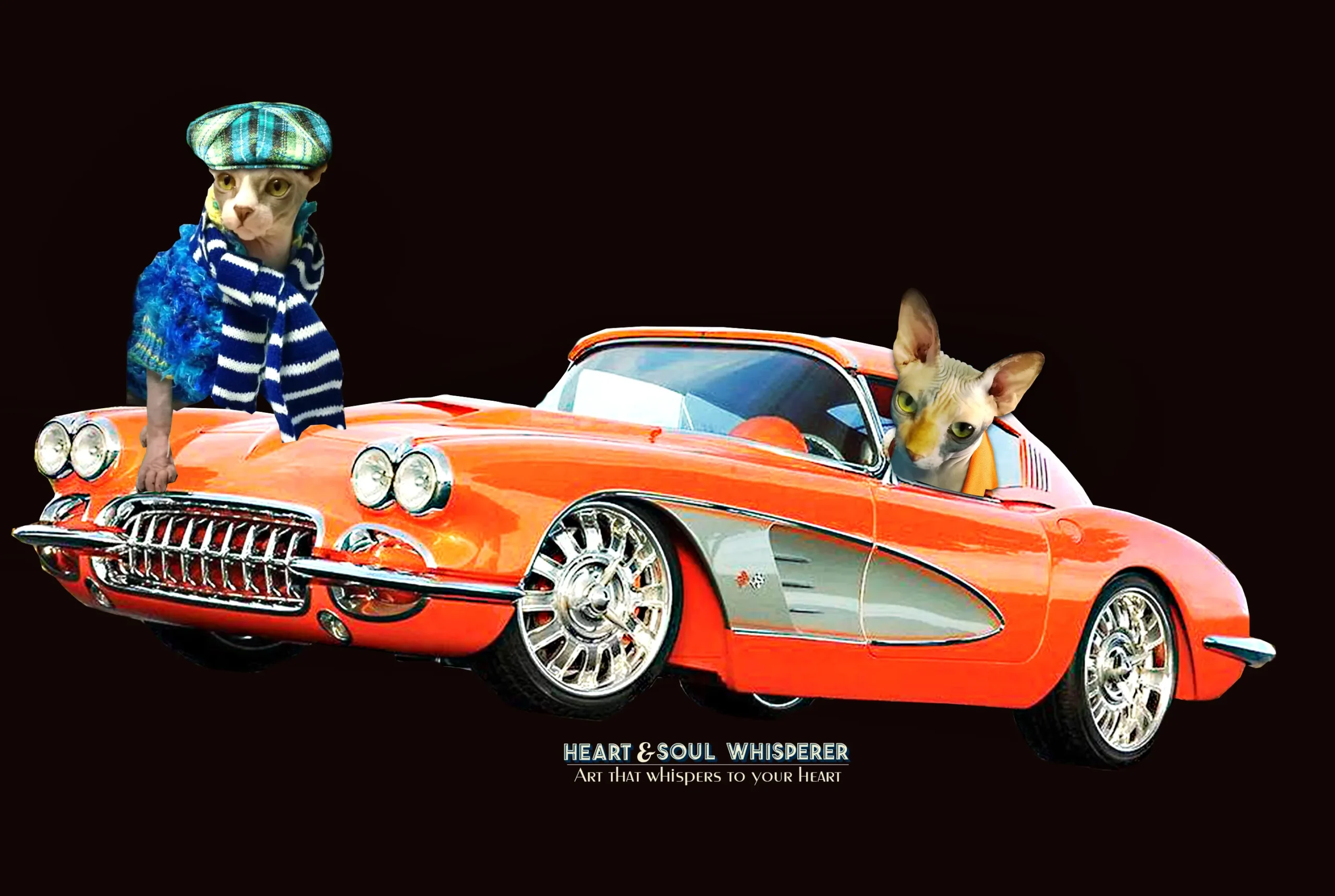
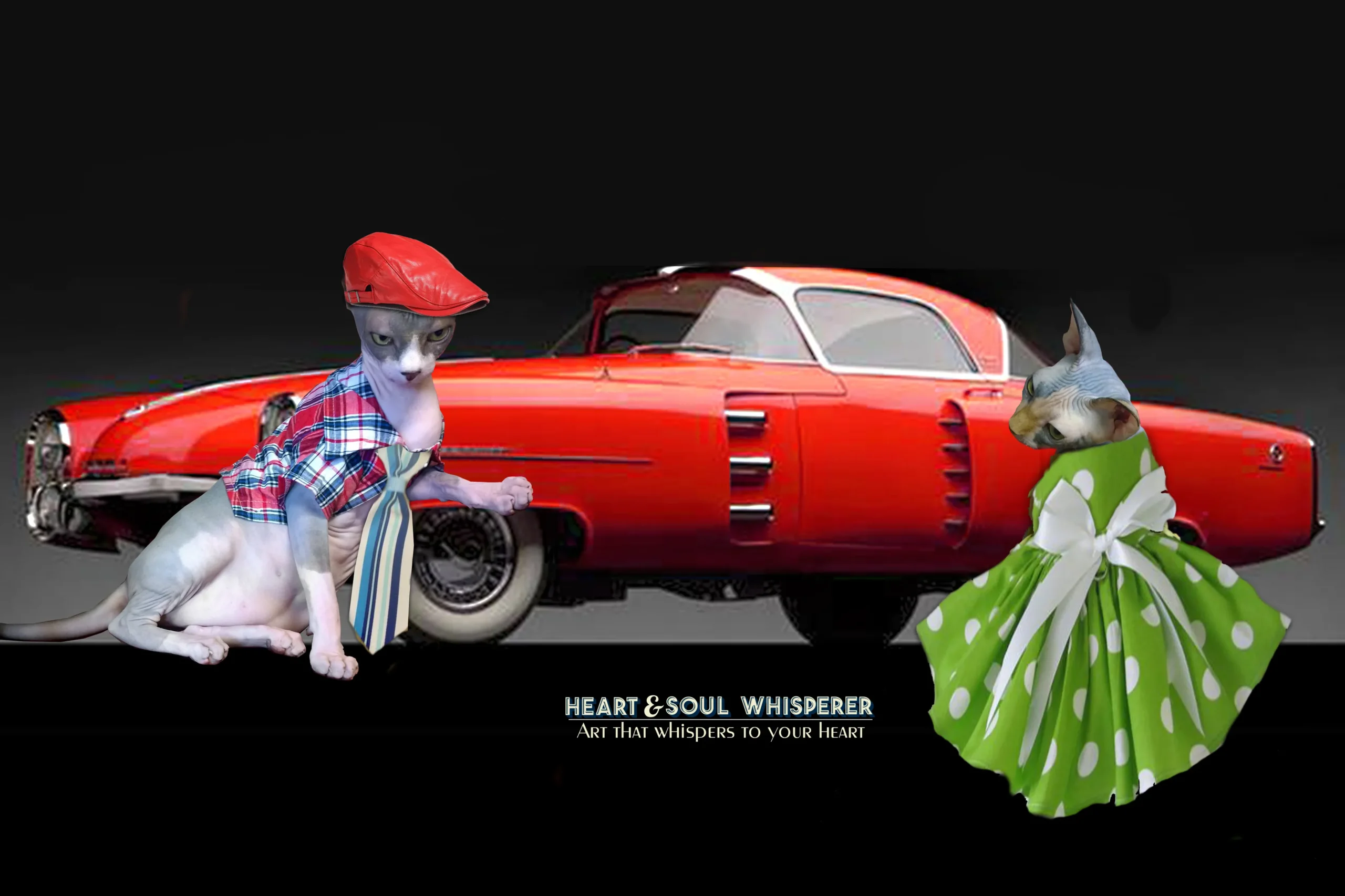
READ MORE ABOUT DR ZENAIDY CASTRO AS COSMETIC DENTIST IN MELBOURNE AUSTRALIA
General and Cosmetic Dentistry Clinic in Melbourne Australia



